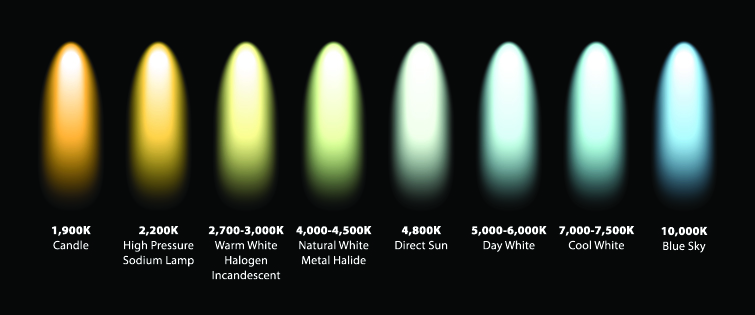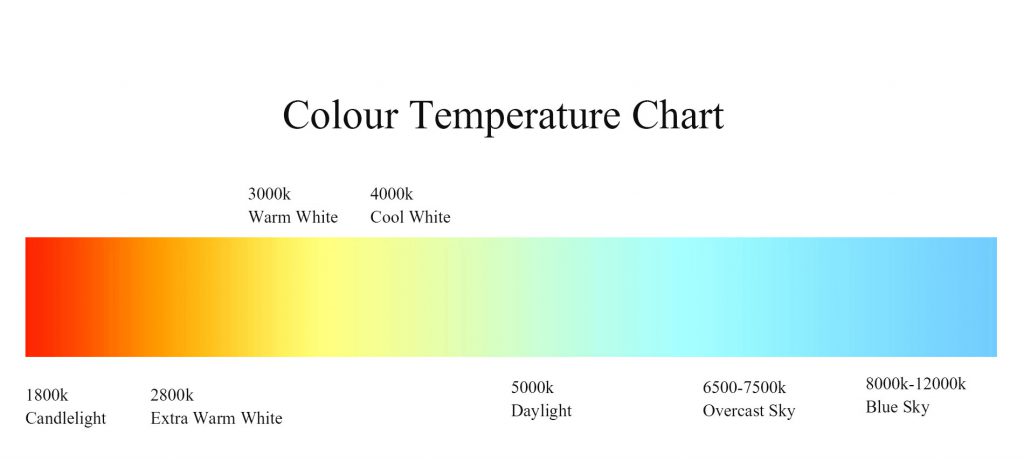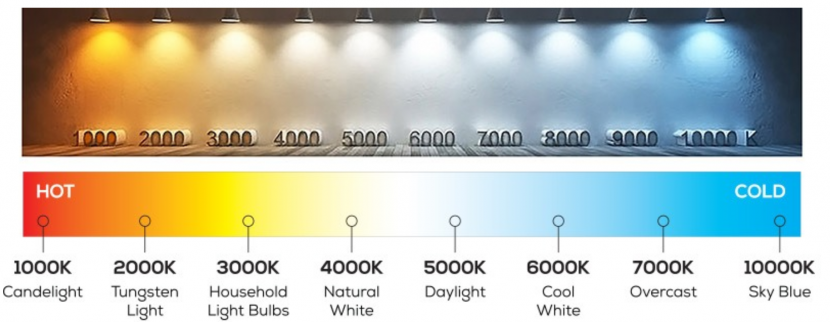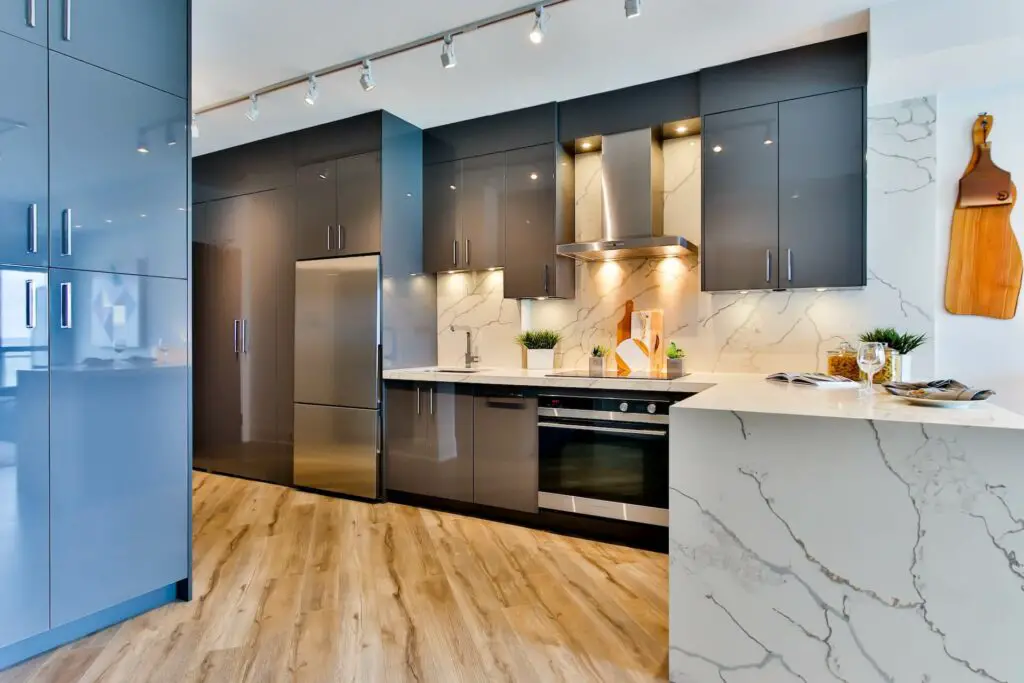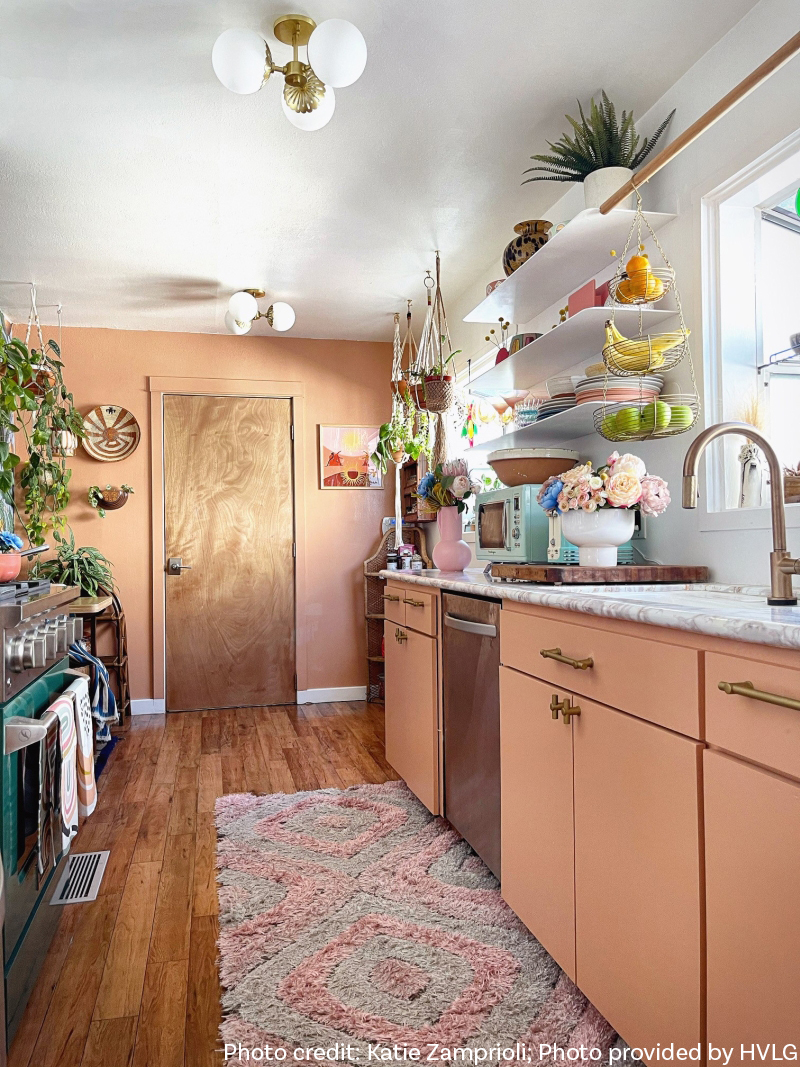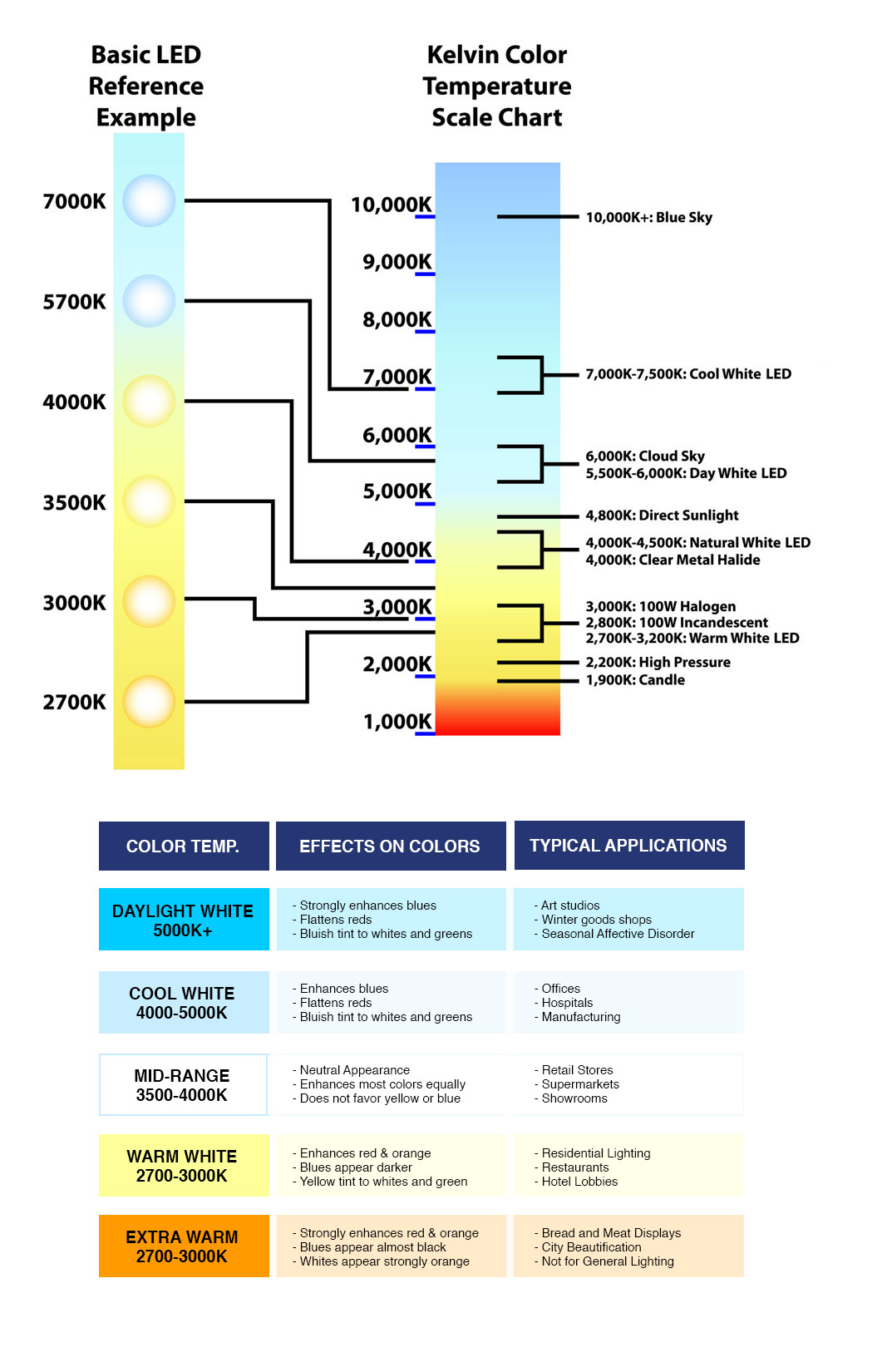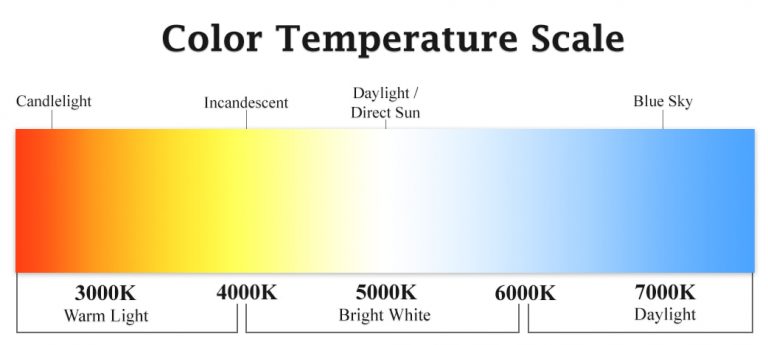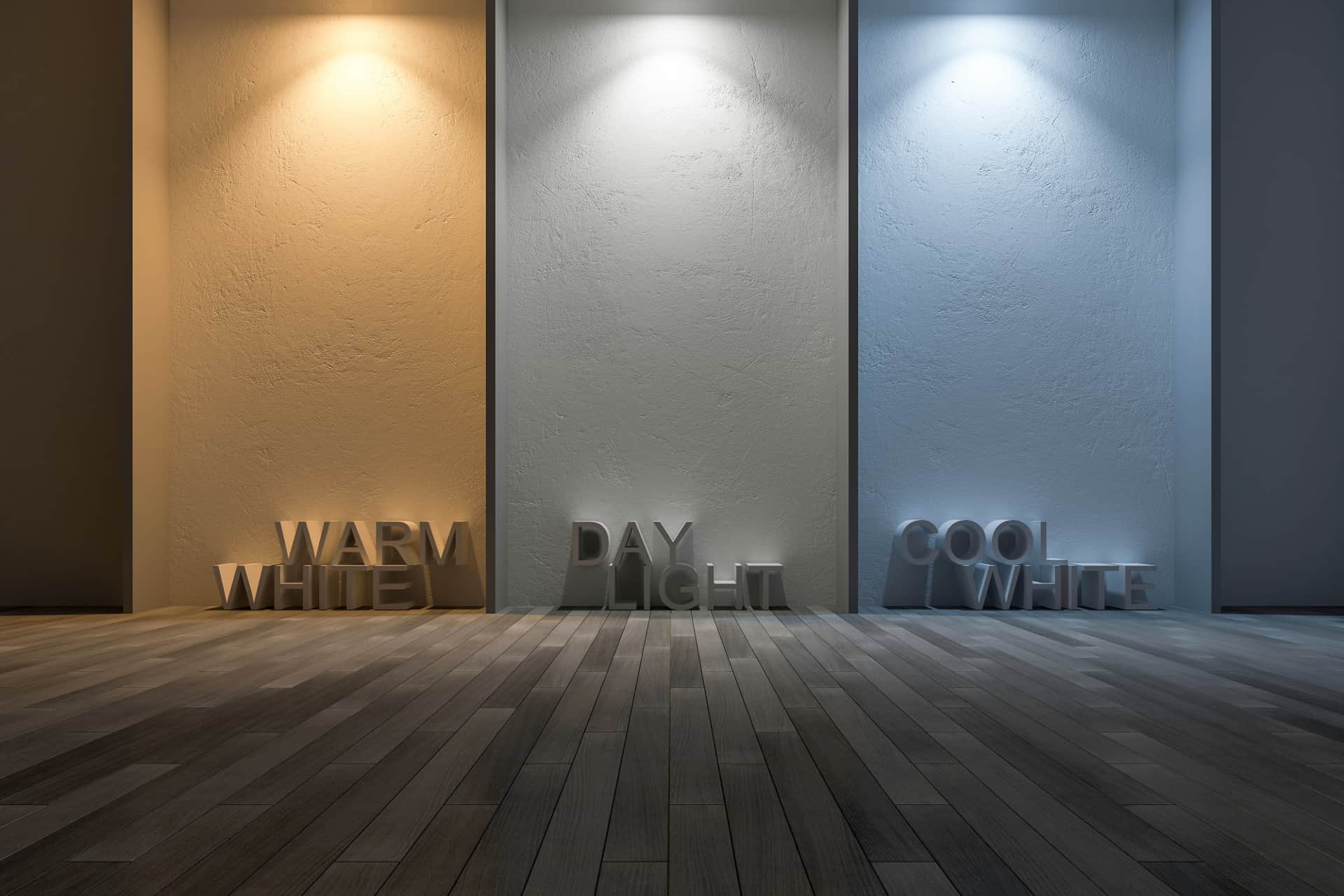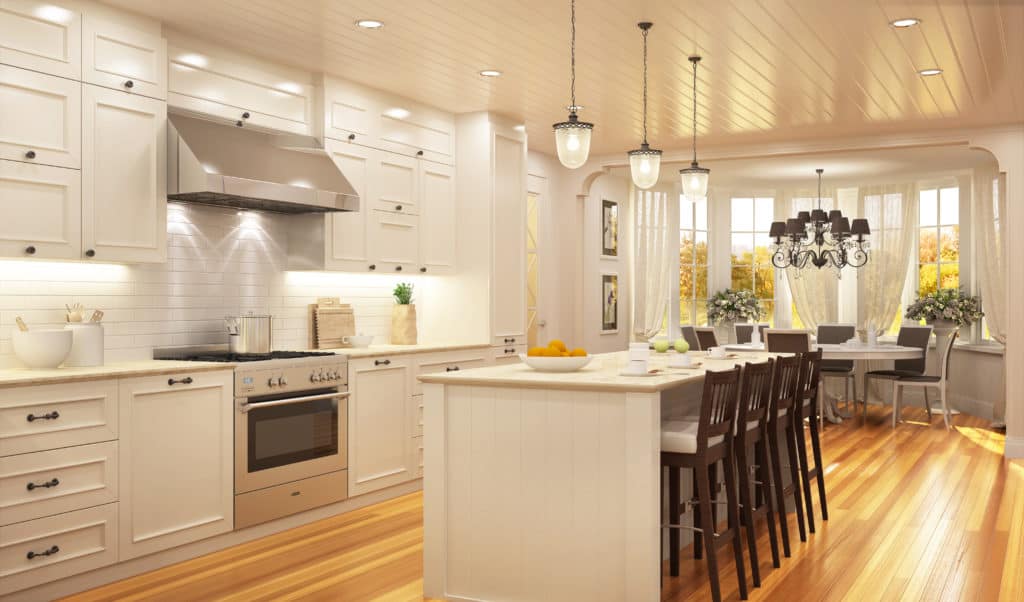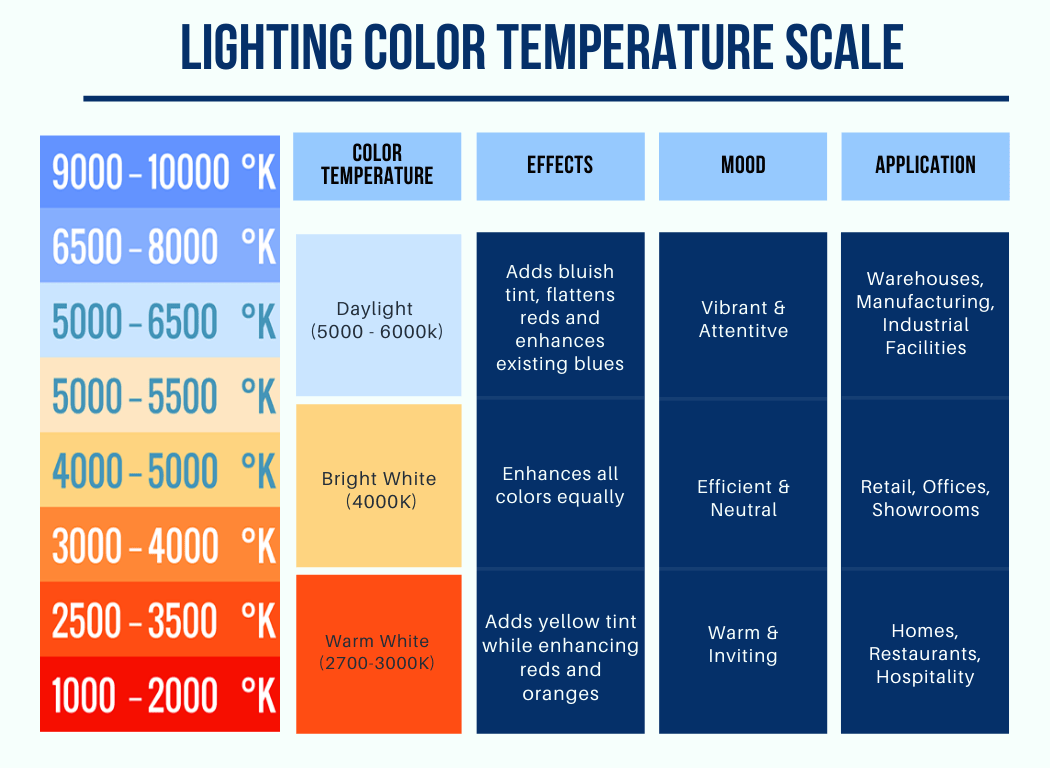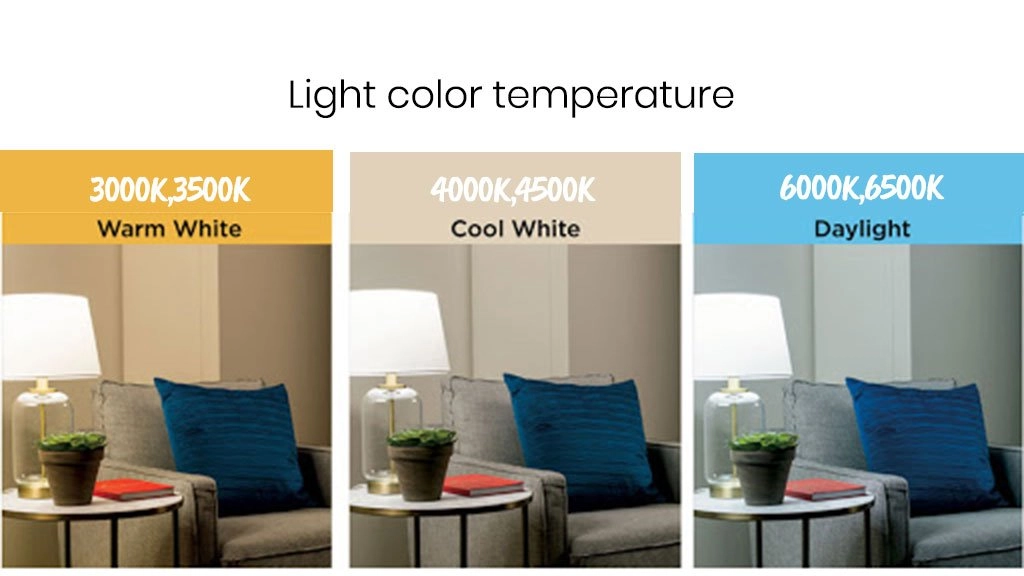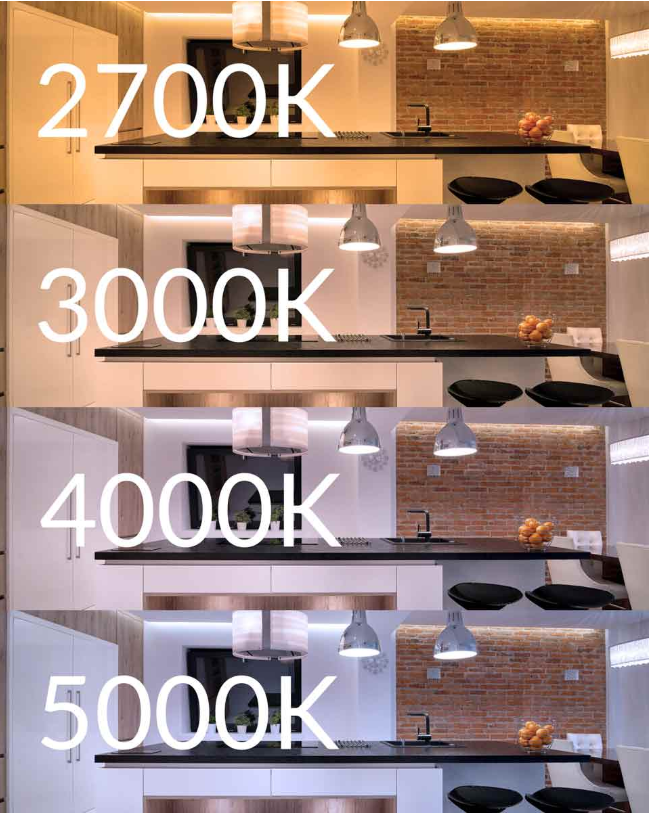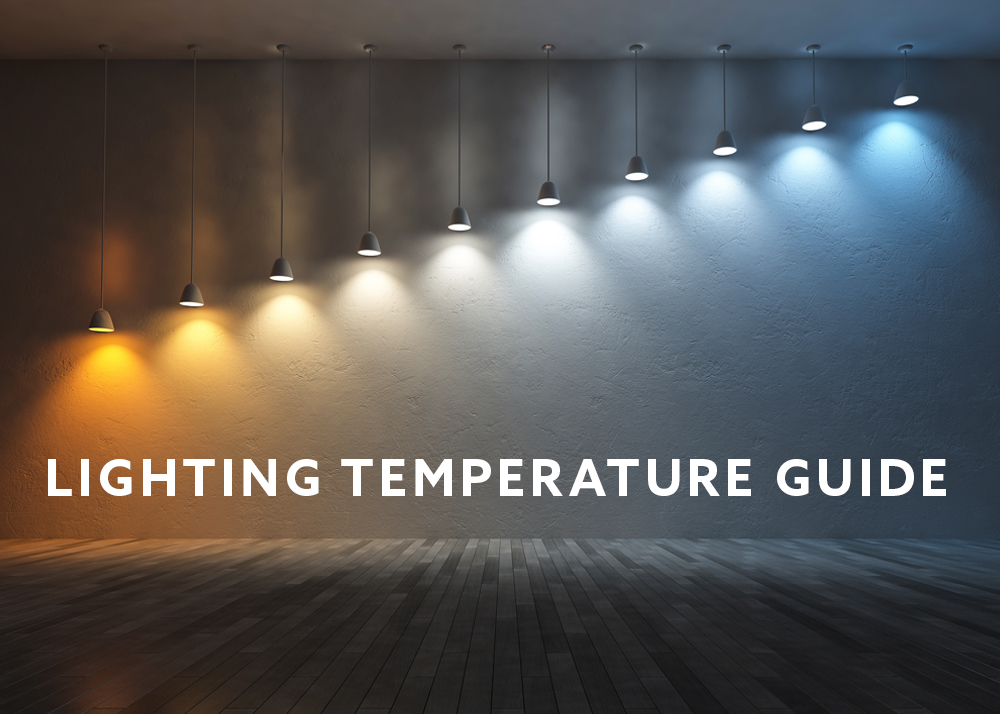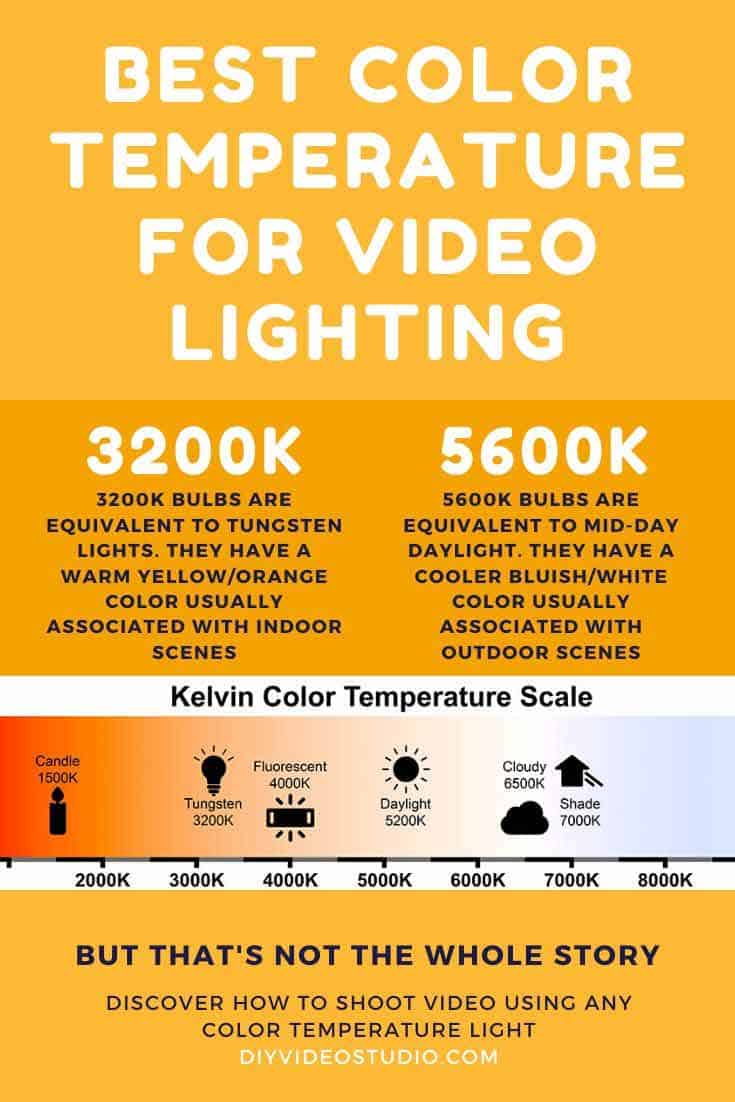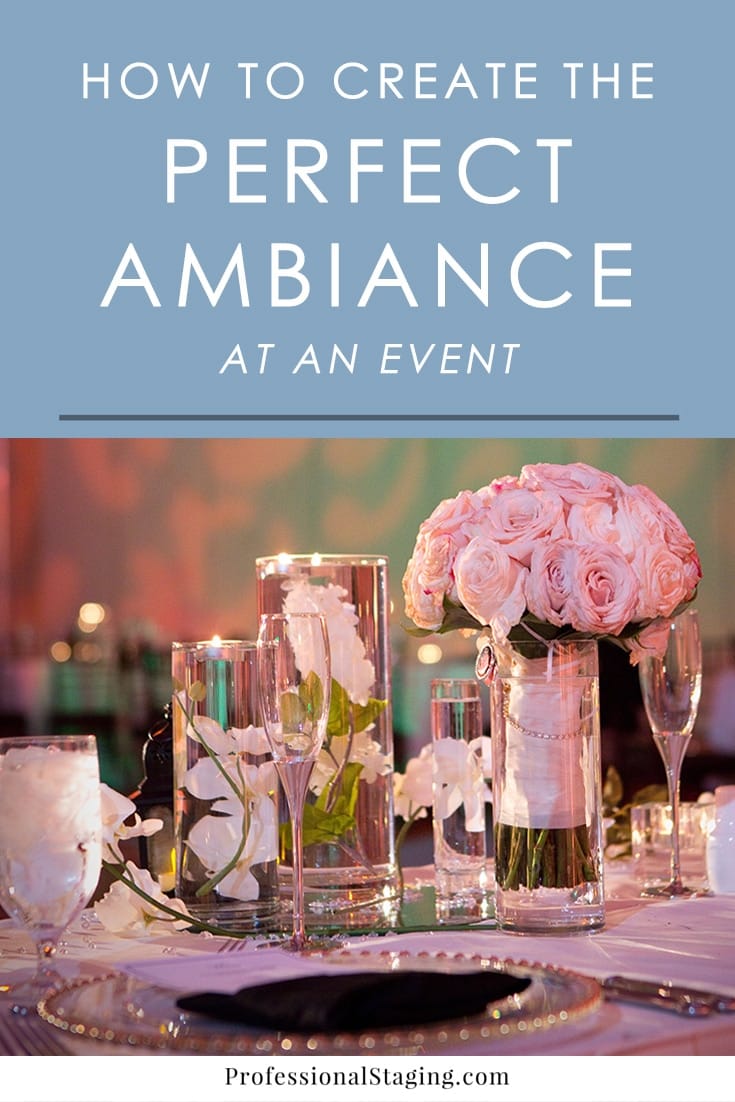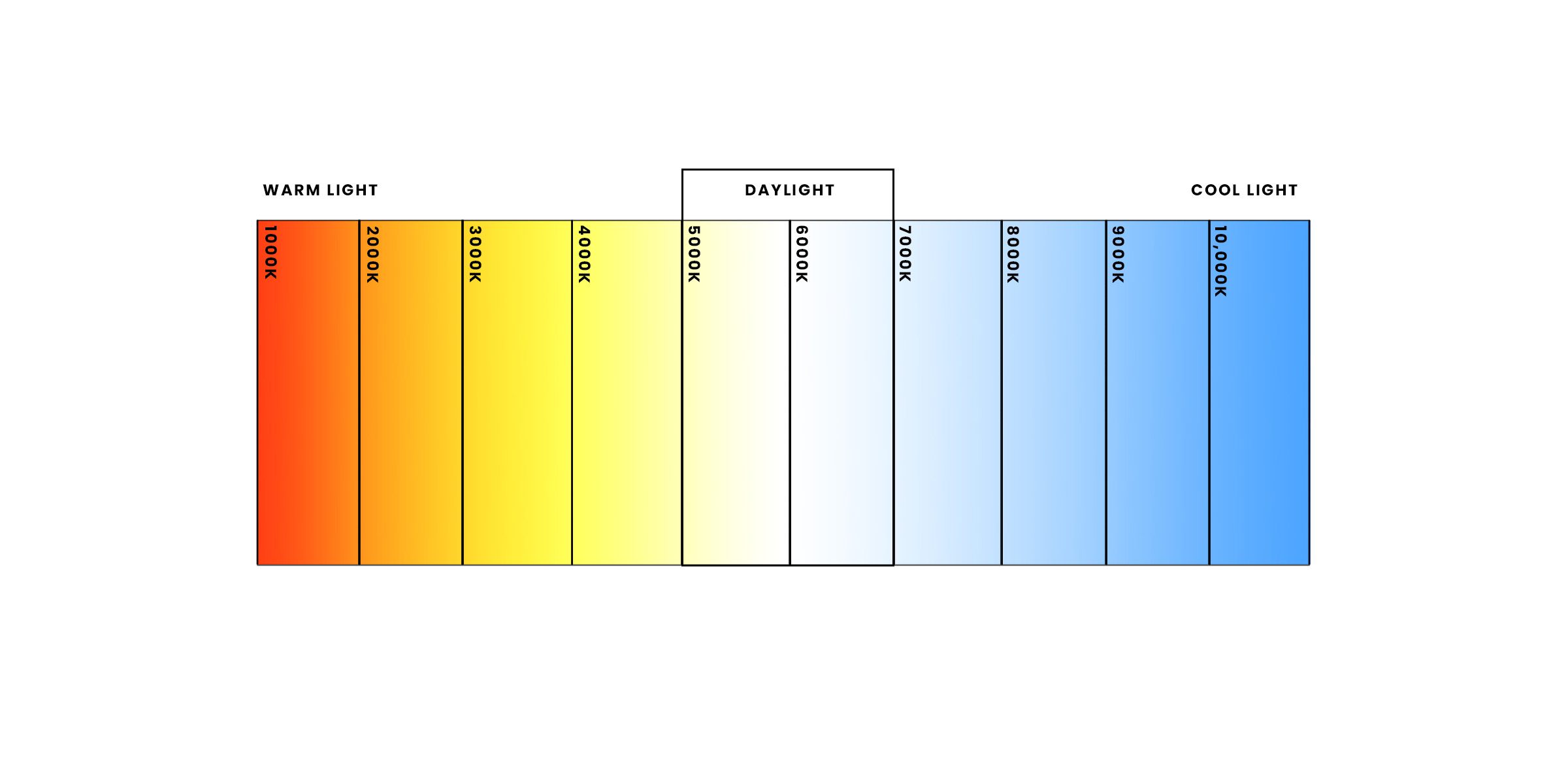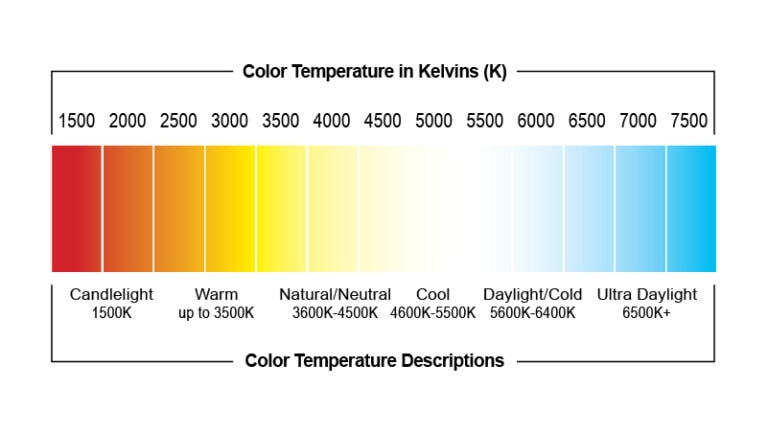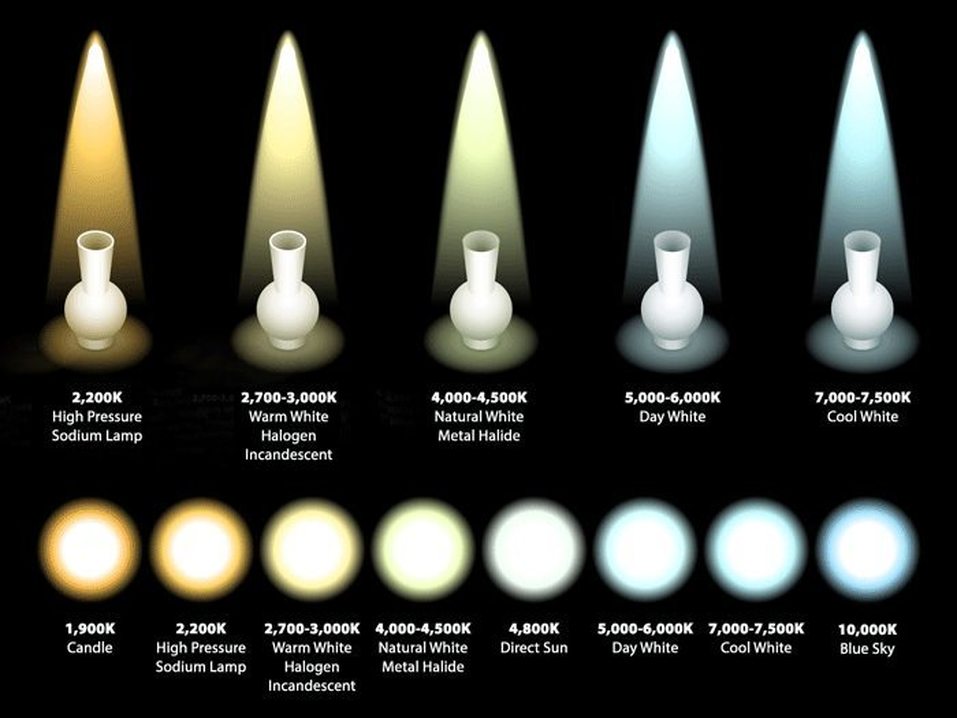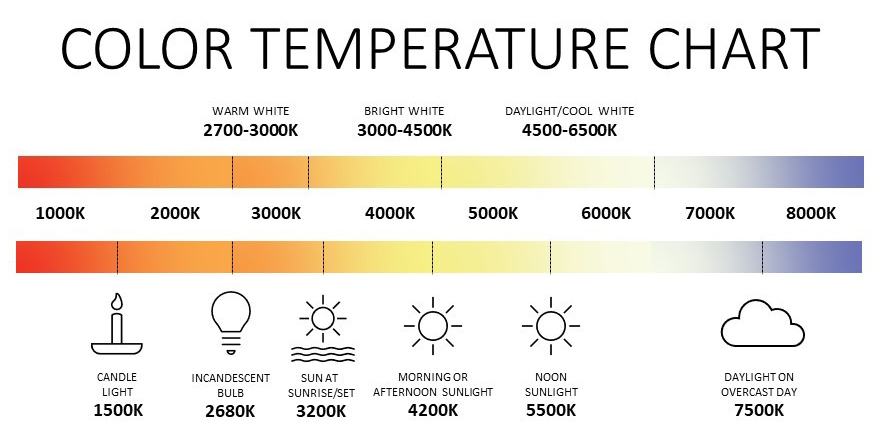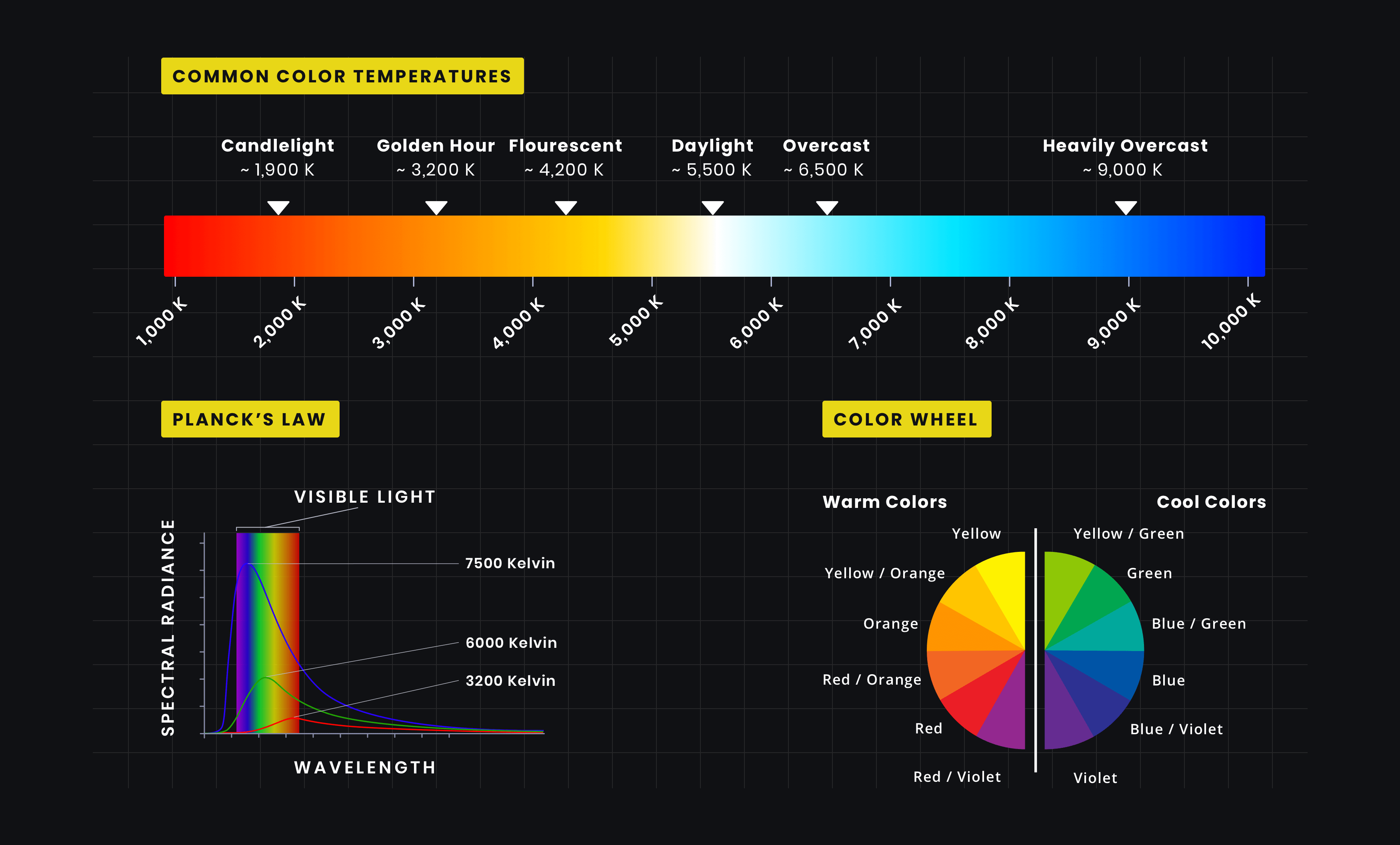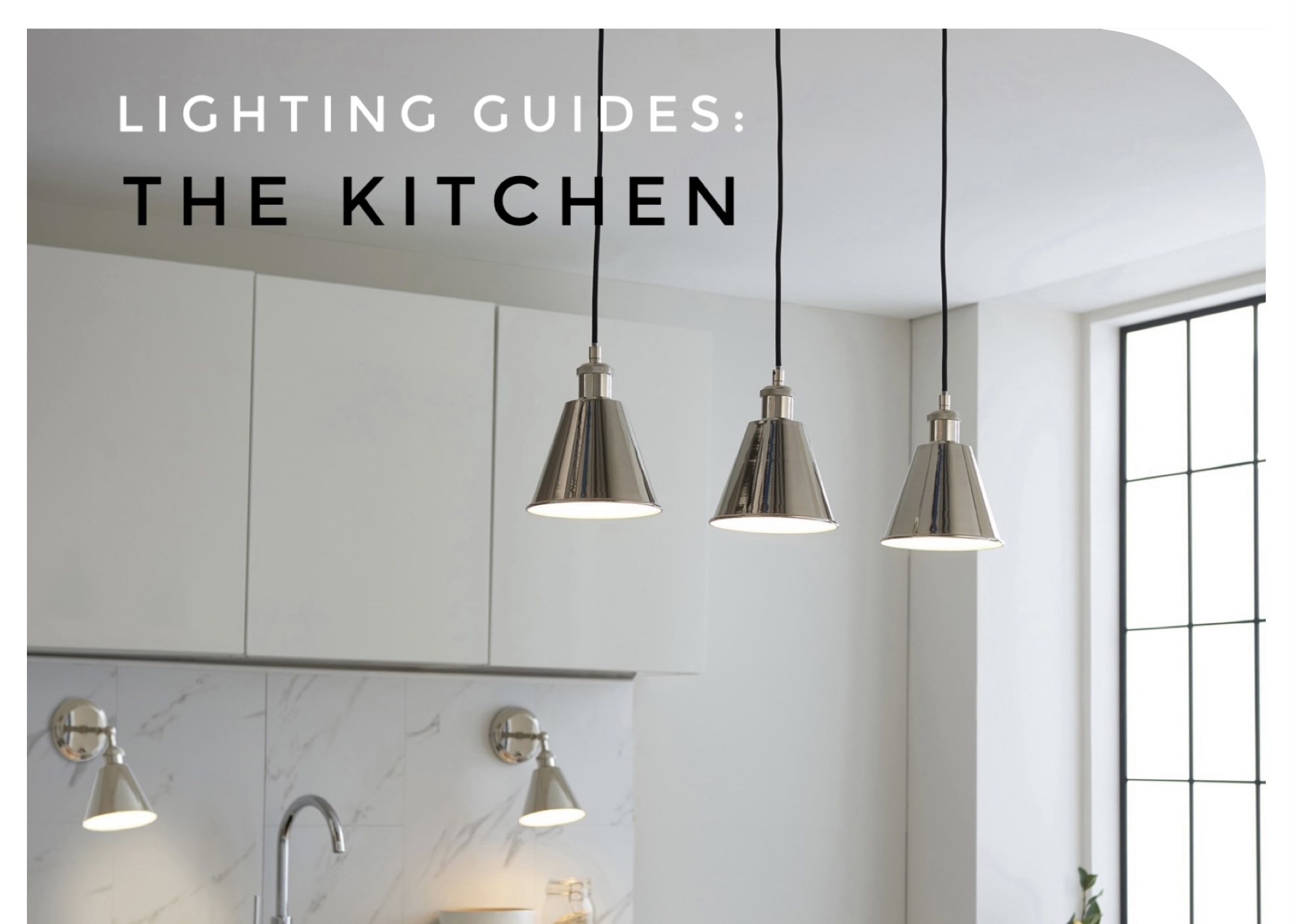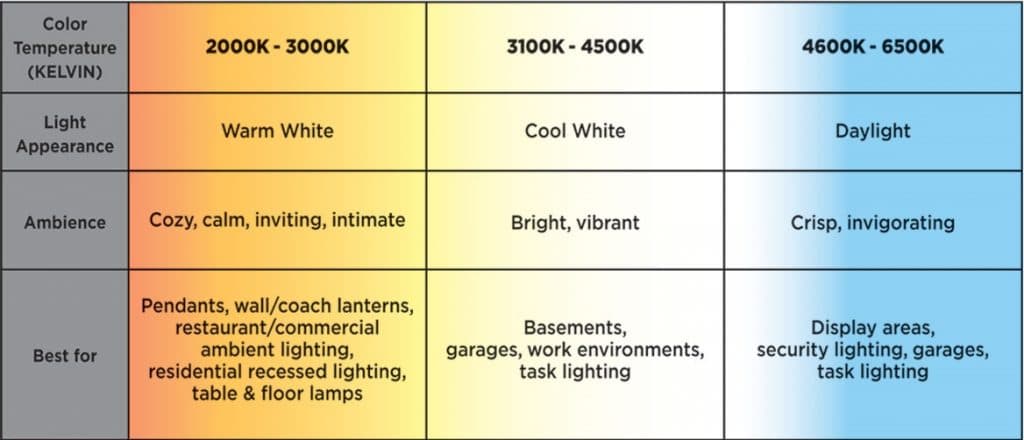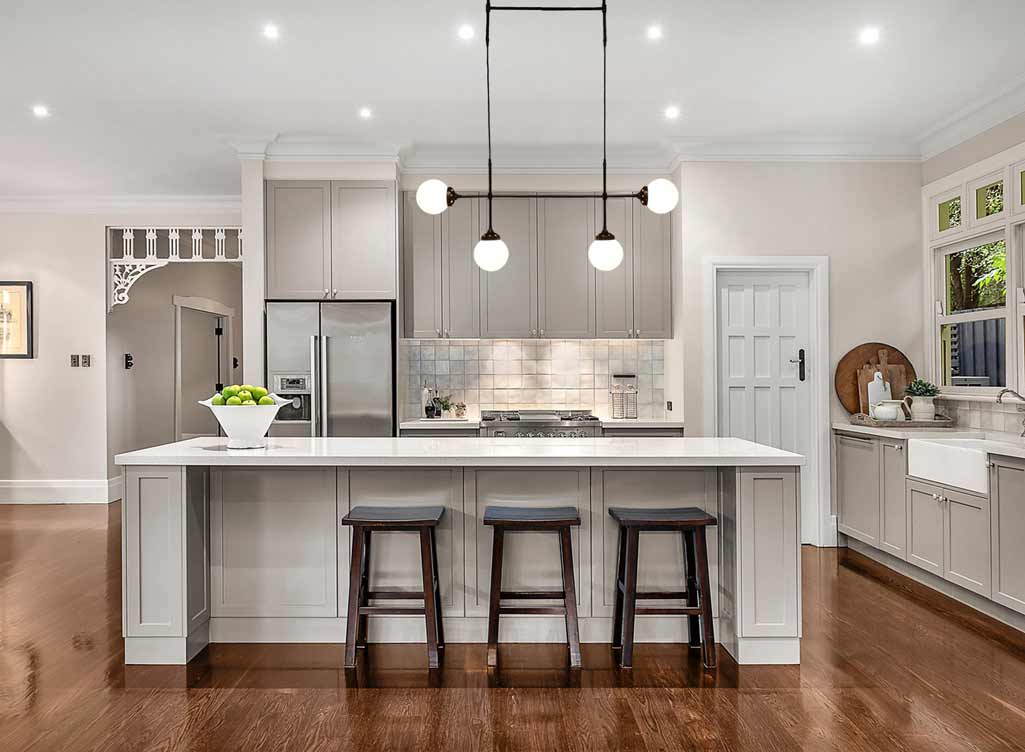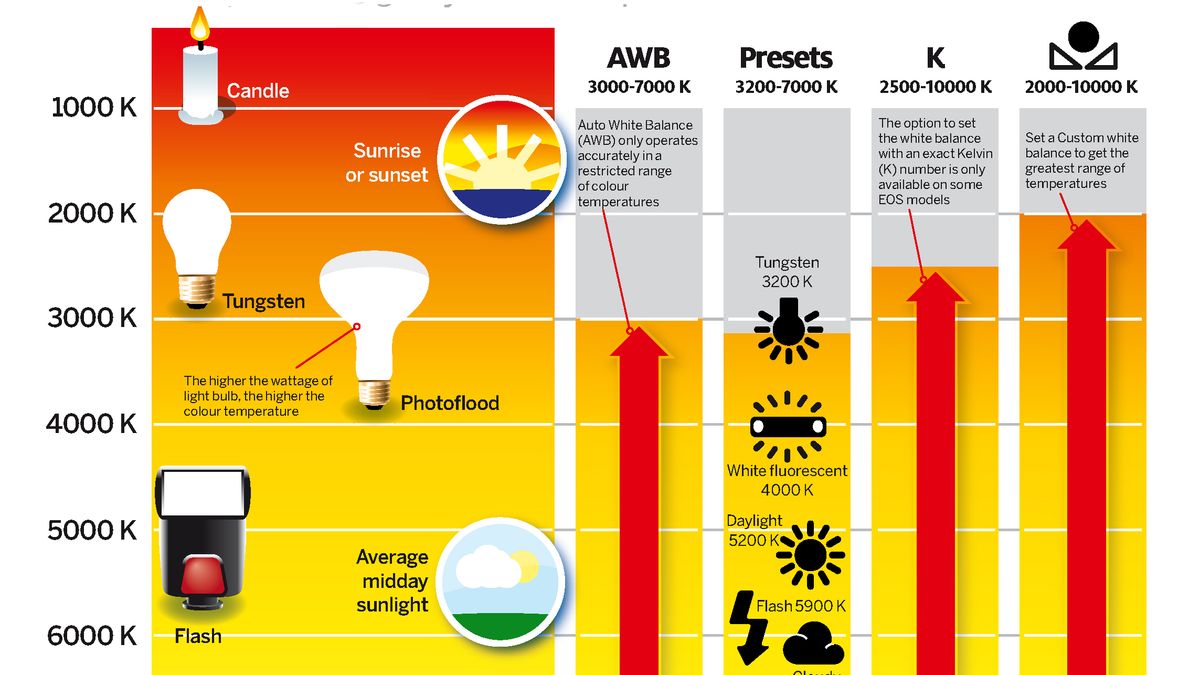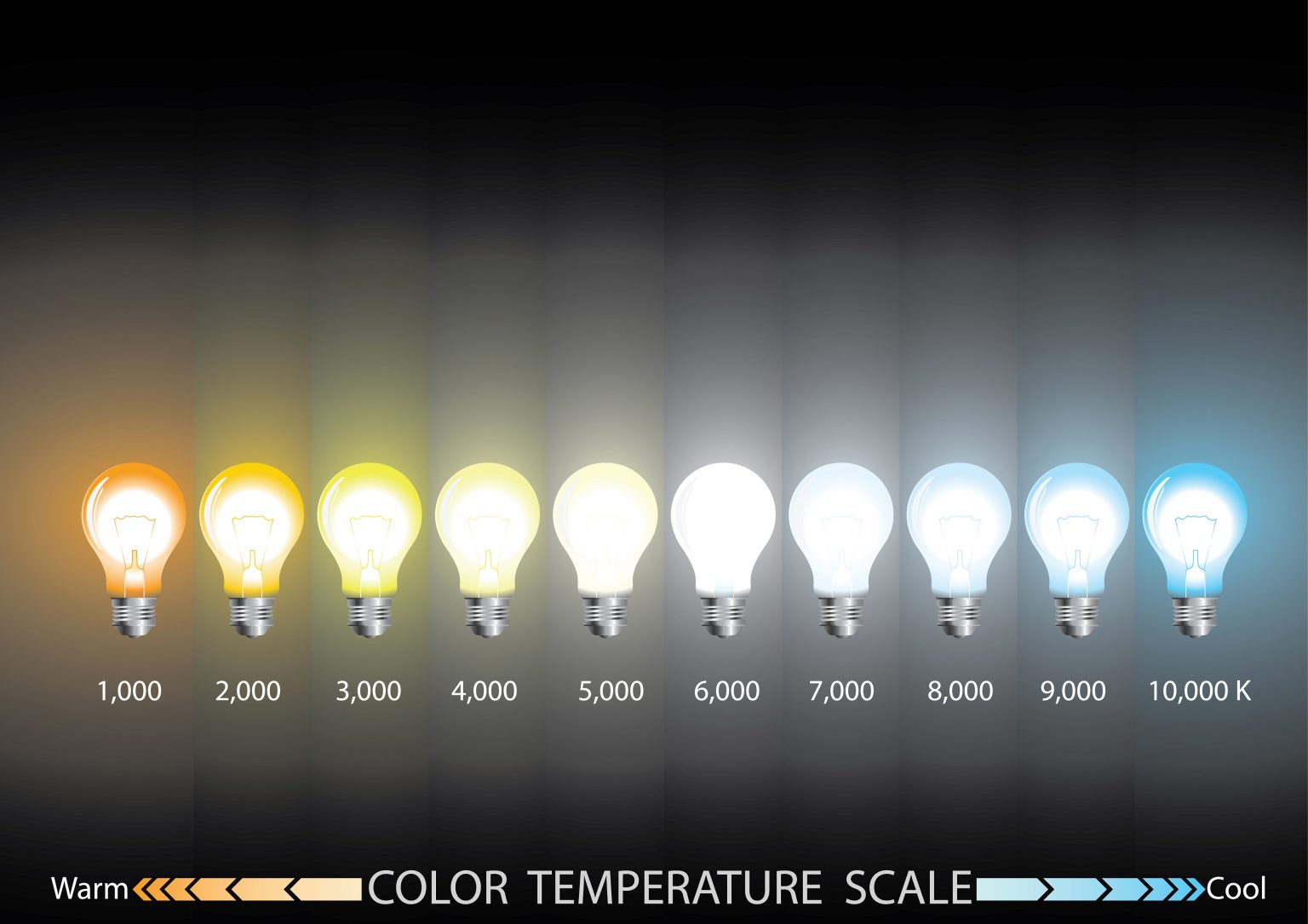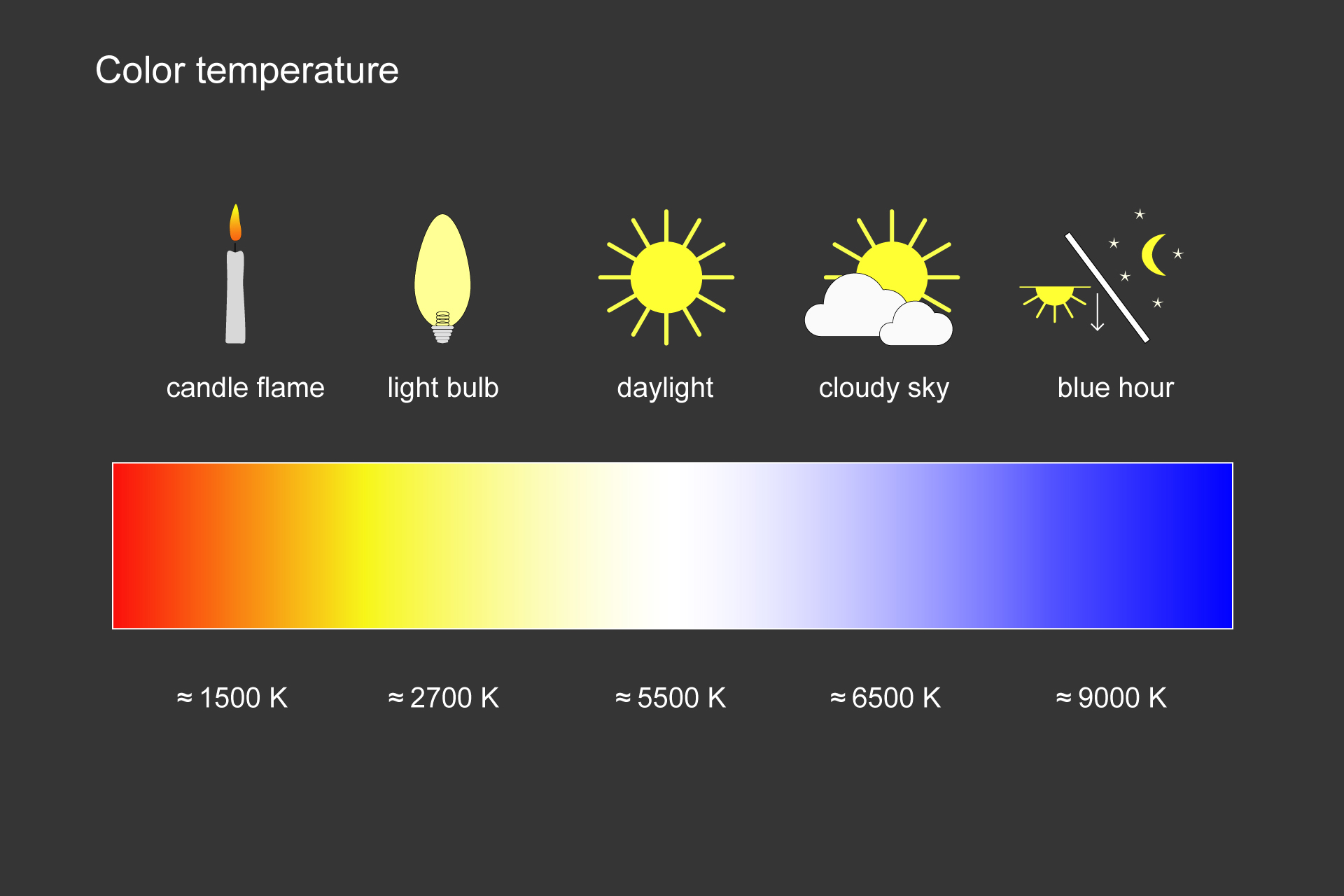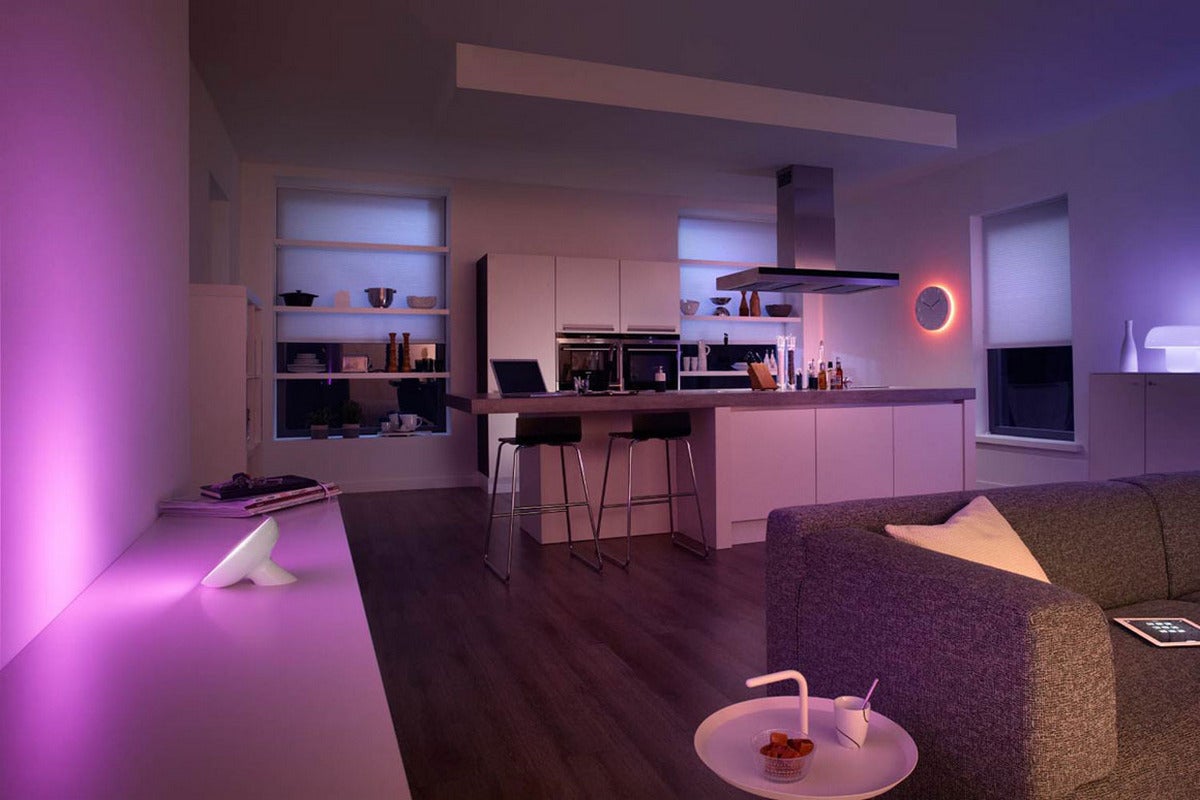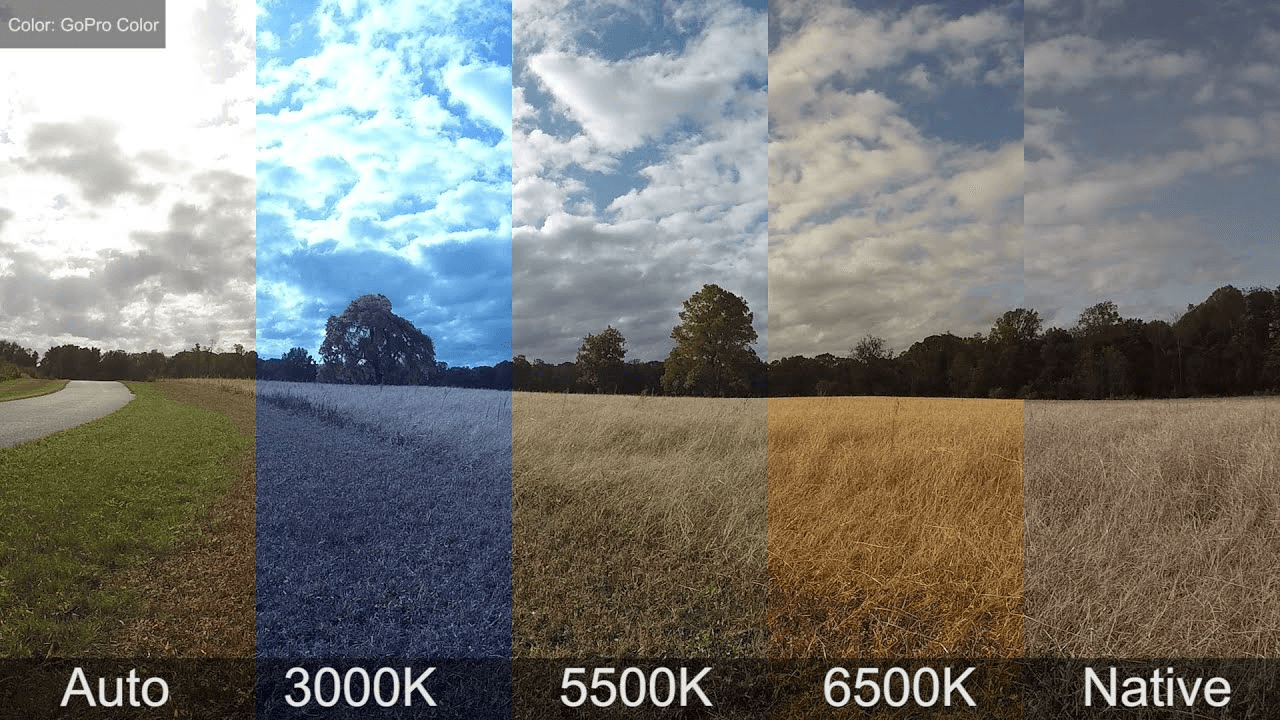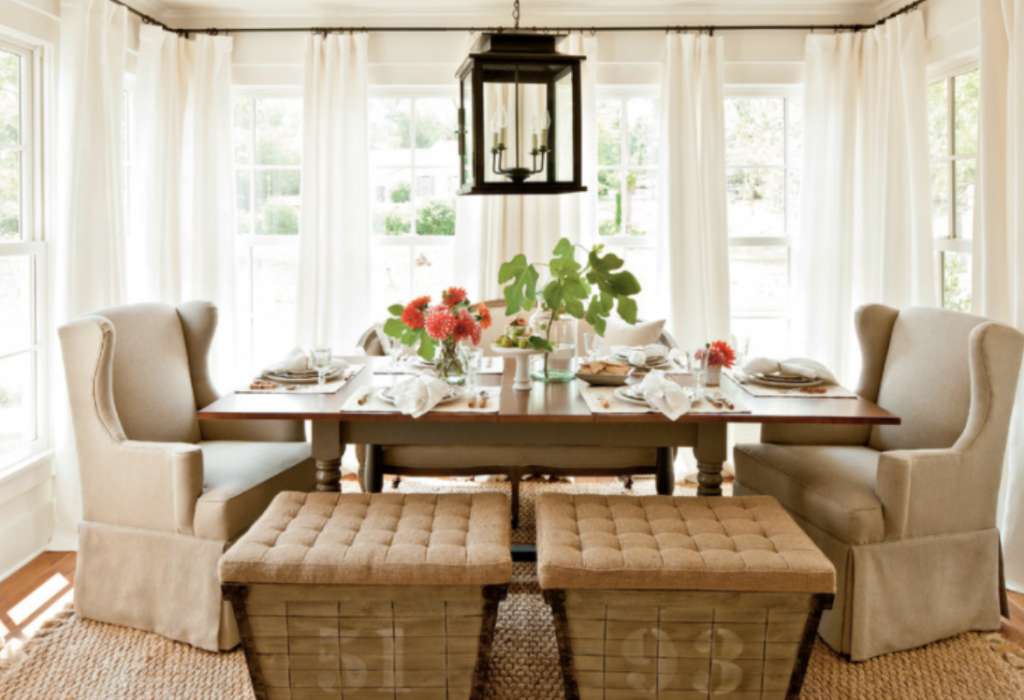When it comes to designing your kitchen, lighting is a crucial element that can make or break the overall look and feel of the space. And one of the most important factors to consider when choosing your kitchen lighting is the color temperature. The right color temperature can enhance the ambiance, functionality, and overall design of your kitchen, while the wrong one can leave you with a dull and uninviting space. So how do you determine the best color temperature for your kitchen lighting? Let's find out.1. Choosing the Right Color Temperature for Your Kitchen Lighting
Color temperature is measured in Kelvin (K) and refers to the color appearance of a light source. Generally, there are three color temperature categories: warm white (2700K-3000K), cool white (3500K-4100K), and daylight (5000K-6500K). Each of these color temperatures can have a significant impact on the look and feel of your kitchen. For a warm and cozy atmosphere, opt for a warmer color temperature in the range of 2700K-3000K. This color temperature is ideal for creating a welcoming and inviting ambiance, making it perfect for a kitchen that is used for both cooking and entertaining. On the other hand, if you want a brighter and more energizing atmosphere in your kitchen, consider a cooler color temperature in the range of 3500K-4100K. This color temperature is often preferred for task lighting, as it can help improve visibility and make it easier to see while cooking or preparing food. Lastly, if you want a more natural and daylight-like lighting in your kitchen, go for a color temperature in the range of 5000K-6500K. This color temperature is perfect for kitchens with large windows or skylights, as it can mimic natural daylight and make the space feel more spacious and airy.2. How to Determine the Best Color Temperature for Your Kitchen Lighting
The color temperature of your kitchen lighting can have a significant impact on the overall design and atmosphere of the space. It can affect the way colors appear in your kitchen, as well as the mood and ambiance that is created. For instance, a warmer color temperature can make your kitchen feel cozier and more intimate, while a cooler color temperature can make it feel brighter and more energizing. Therefore, it's essential to consider the color temperature when choosing your kitchen lighting to create the desired look and feel.3. The Importance of Color Temperature in Kitchen Lighting
When it comes to selecting the perfect color temperature for your kitchen lighting, there are a few things to keep in mind. Firstly, consider the overall design and color scheme of your kitchen. If you have warm tones and earthy colors, a warmer color temperature would complement the space better, while a cooler color temperature would work well in a kitchen with cooler tones and colors. Secondly, think about the functionality of your kitchen. If you use your kitchen mainly for cooking and food preparation, a cooler color temperature would be more practical. However, if you use your kitchen for entertaining and socializing, a warmer color temperature would create a more inviting and comfortable atmosphere. Lastly, consider the natural light in your kitchen. If your kitchen receives a lot of natural light, a cooler color temperature may be too harsh and create a stark contrast. In this case, a warmer color temperature would be a better choice to create a seamless transition between natural and artificial light.4. Tips for Selecting the Perfect Color Temperature for Your Kitchen Lighting
Understanding color temperature is essential when it comes to selecting the right kitchen lighting. As mentioned earlier, there are three color temperature categories: warm white, cool white, and daylight. Warm white is the most commonly used color temperature for residential lighting, while cool white is often used in commercial and industrial settings. Daylight is considered the most natural-looking color temperature and is commonly used in spaces that require high levels of visibility, such as art galleries and retail stores. When choosing your kitchen lighting, keep in mind that the color temperature can also affect the color rendering index (CRI). The CRI measures how well a light source can render colors compared to natural daylight. A higher CRI (above 80) is generally preferred for kitchen lighting, as it can make colors appear more accurate and vibrant.5. Understanding Color Temperature: A Guide for Kitchen Lighting
If you want your kitchen to feel bright and inviting, the best color temperature to achieve this is in the range of 2700K-3000K. This warm white color temperature can create a cozy and welcoming atmosphere, making it perfect for kitchens that are used for cooking, dining, and entertaining. You can achieve this color temperature with halogen, incandescent, or warm LED bulbs. In addition to the color temperature, the placement of your lighting fixtures can also affect the overall brightness and ambiance of your kitchen. Consider installing overhead lighting, such as recessed or pendant lights, to provide general lighting, and add under cabinet lighting for task lighting.6. The Best Color Temperature for Bright and Inviting Kitchen Lighting
One of the best ways to create the perfect ambiance in your kitchen is by using different color temperatures. Combining warm and cool color temperatures can add depth and dimension to your kitchen and create a more dynamic and interesting atmosphere. For instance, you can use warm white lighting for the general lighting and cool white lighting for task lighting. This combination can provide both a cozy and bright atmosphere, making your kitchen feel more inviting and functional.7. How to Use Color Temperature to Create the Perfect Ambiance in Your Kitchen
When it comes to choosing the right bulbs for your kitchen lighting, it's essential to consider the color temperature. LED bulbs are a popular choice for kitchen lighting, as they are energy-efficient, long-lasting, and come in a variety of color temperatures. Halogen and incandescent bulbs are also good options and are available in warm white and cool white color temperatures. When purchasing LED bulbs, pay attention to the color temperature and CRI to ensure you get the desired lighting effect. You can also opt for smart bulbs that allow you to adjust the color temperature and brightness using your smartphone or voice control.8. Choosing the Right Bulbs for Your Kitchen Lighting: A Guide to Color Temperature
The color temperature of your kitchen lighting can have a significant impact on the overall design and atmosphere of the space. It can affect the way colors appear, the mood and ambiance that is created, and the functionality of the space. Therefore, it's essential to carefully consider the color temperature when designing your kitchen lighting to achieve the desired look and feel. In addition, the color temperature can also affect your mood and well-being. Cooler color temperatures can make you feel more alert and energized, while warmer color temperatures can create a more relaxed and comfortable atmosphere. Keep this in mind when choosing the color temperature for your kitchen lighting, as it can influence the overall feel of the space.9. The Impact of Color Temperature on Your Kitchen's Overall Design and Atmosphere
For a truly customized and versatile kitchen lighting design, consider using multiple color temperatures. As mentioned earlier, combining warm and cool color temperatures can create a more dynamic and interesting atmosphere. You can also use a mix of overhead, task, and accent lighting with different color temperatures to add depth and dimension to your kitchen. Moreover, using dimmable bulbs can also help you achieve the perfect balance between warm and cool lighting. You can adjust the color temperature and brightness according to your mood and needs, making your kitchen lighting adaptable and functional. In conclusion, choosing the right color temperature for your kitchen lighting is crucial to achieving the desired look and feel of your space. Consider the overall design, functionality, and natural light in your kitchen, and use a combination of warm and cool color temperatures to create the perfect ambiance. With a well-planned and thoughtfully designed lighting scheme, your kitchen can become the heart of your home. 10. Finding the Perfect Balance: Using Multiple Color Temperatures in Your Kitchen Lighting Design
The Importance of Color Temperature for Kitchen Lighting
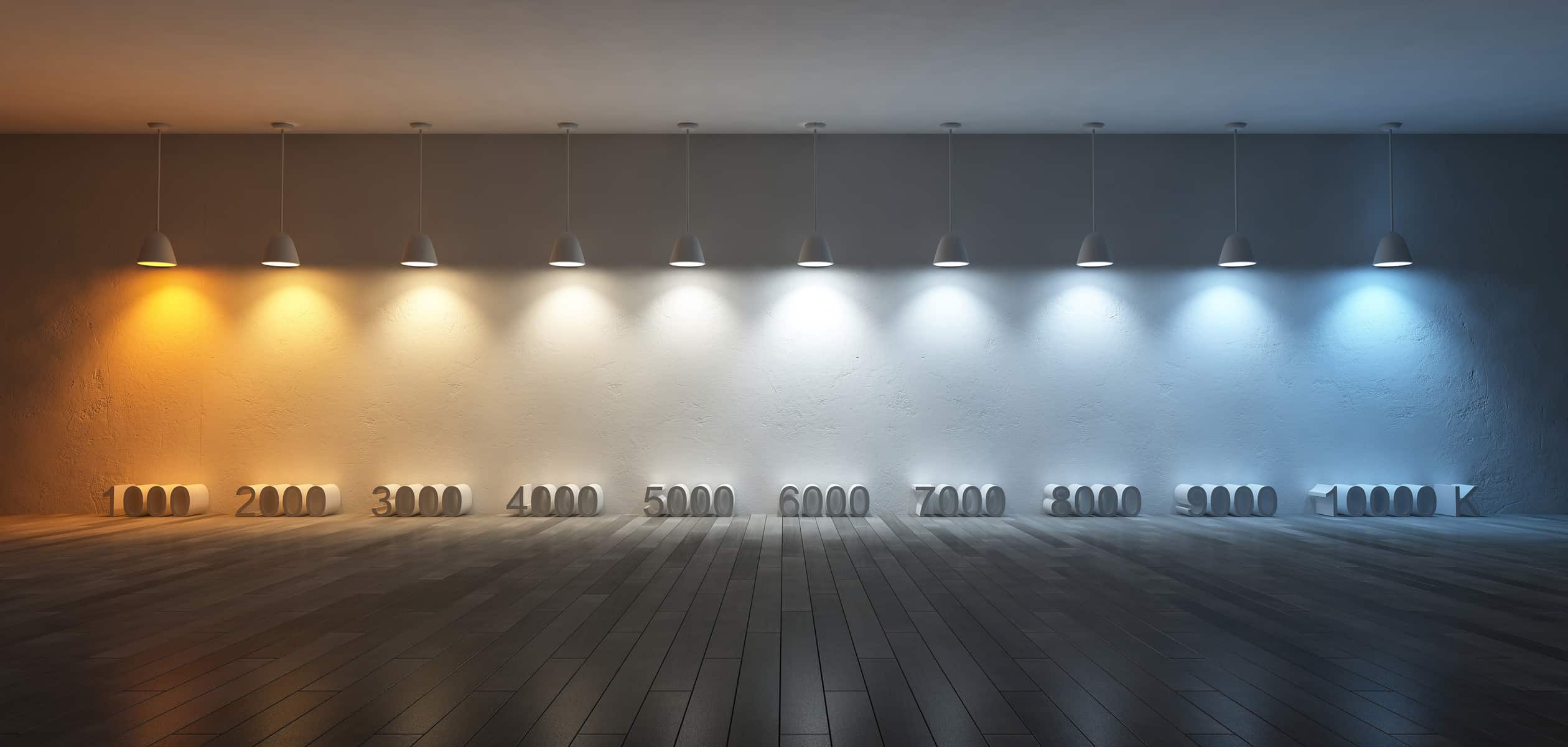
Creating the Perfect Atmosphere
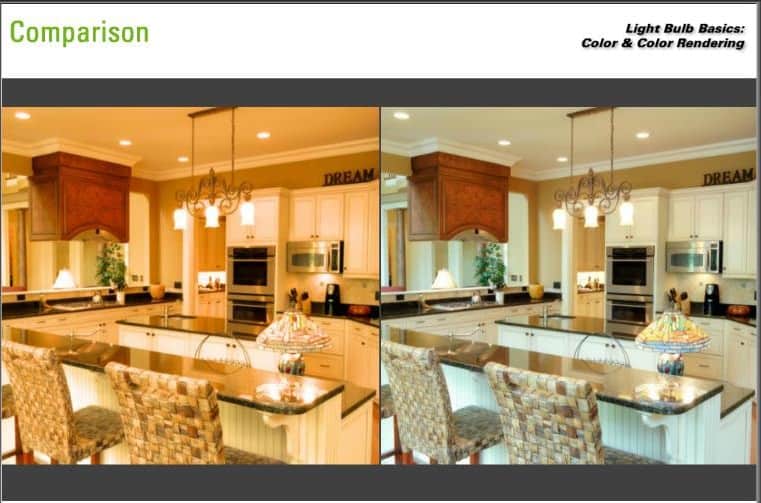 When it comes to designing a kitchen, lighting is often an overlooked aspect. Many homeowners focus on the layout and aesthetic elements of their kitchen, but fail to realize the impact that lighting can have on the overall atmosphere of the space. However, one important factor to consider when choosing lighting for your kitchen is the color temperature. This refers to the warmth or coolness of the light, which can greatly affect the mood and functionality of the space.
Color temperature is measured in Kelvin (K), with warm light being around 2700K and cool light being around 5000K.
Warm light has a yellowish tone and is often associated with a cozy and inviting atmosphere, while cool light has a bluish tone and is typically used in spaces that require focused and task-oriented lighting. In the kitchen, it is important to strike a balance between these two types of lighting to create a well-rounded and functional space.
When it comes to designing a kitchen, lighting is often an overlooked aspect. Many homeowners focus on the layout and aesthetic elements of their kitchen, but fail to realize the impact that lighting can have on the overall atmosphere of the space. However, one important factor to consider when choosing lighting for your kitchen is the color temperature. This refers to the warmth or coolness of the light, which can greatly affect the mood and functionality of the space.
Color temperature is measured in Kelvin (K), with warm light being around 2700K and cool light being around 5000K.
Warm light has a yellowish tone and is often associated with a cozy and inviting atmosphere, while cool light has a bluish tone and is typically used in spaces that require focused and task-oriented lighting. In the kitchen, it is important to strike a balance between these two types of lighting to create a well-rounded and functional space.
Choosing the Right Color Temperature for Your Kitchen
 When deciding on the color temperature for your kitchen lighting, it is important to consider the purpose of the space. Is your kitchen primarily used for cooking and preparing food, or is it also used for entertaining and socializing? For functional areas such as the kitchen island and countertops, cooler light is recommended as it provides better visibility for tasks.
However, for dining areas and other gathering spaces, warmer light can create a more inviting and cozy atmosphere.
It is also important to consider the color temperature of other light sources in the kitchen, such as natural light and under-cabinet lighting, to ensure a cohesive and balanced look.
When deciding on the color temperature for your kitchen lighting, it is important to consider the purpose of the space. Is your kitchen primarily used for cooking and preparing food, or is it also used for entertaining and socializing? For functional areas such as the kitchen island and countertops, cooler light is recommended as it provides better visibility for tasks.
However, for dining areas and other gathering spaces, warmer light can create a more inviting and cozy atmosphere.
It is also important to consider the color temperature of other light sources in the kitchen, such as natural light and under-cabinet lighting, to ensure a cohesive and balanced look.
Enhancing the Design of Your Kitchen
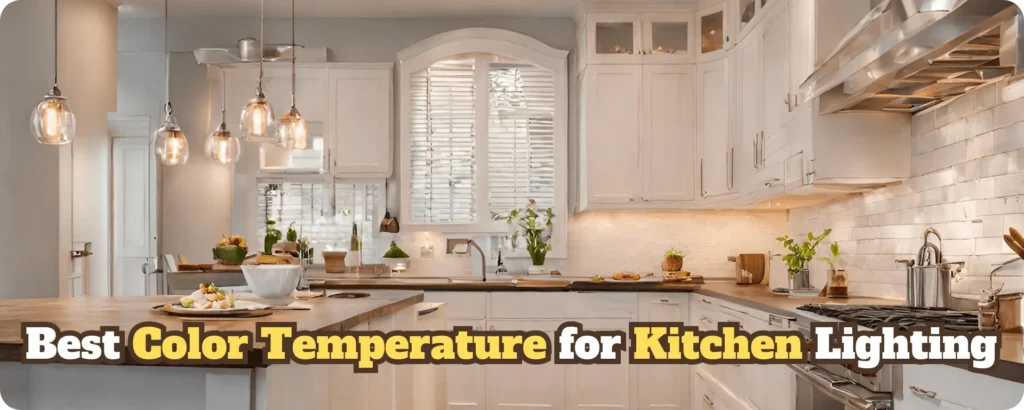 In addition to setting the right mood and functionality, color temperature can also greatly enhance the design of your kitchen.
For a modern and sleek look, cool light can create a bright and crisp ambiance.
On the other hand, warm light can add a touch of warmth and character to a traditional or rustic kitchen design. It is also important to consider the color temperature in relation to the color scheme of your kitchen.
For example, cooler light can accentuate cool tones such as blues and greens, while warmer light can enhance warm tones like reds and yellows.
In conclusion, when designing your kitchen, don't overlook the importance of color temperature for your lighting. It can greatly impact the atmosphere, functionality, and design of the space. Consider the purpose of each area in your kitchen and choose the appropriate color temperature to create a well-balanced and inviting environment. With the right lighting, your kitchen will not only look beautiful, but it will also be a functional and enjoyable space for all your daily activities.
In addition to setting the right mood and functionality, color temperature can also greatly enhance the design of your kitchen.
For a modern and sleek look, cool light can create a bright and crisp ambiance.
On the other hand, warm light can add a touch of warmth and character to a traditional or rustic kitchen design. It is also important to consider the color temperature in relation to the color scheme of your kitchen.
For example, cooler light can accentuate cool tones such as blues and greens, while warmer light can enhance warm tones like reds and yellows.
In conclusion, when designing your kitchen, don't overlook the importance of color temperature for your lighting. It can greatly impact the atmosphere, functionality, and design of the space. Consider the purpose of each area in your kitchen and choose the appropriate color temperature to create a well-balanced and inviting environment. With the right lighting, your kitchen will not only look beautiful, but it will also be a functional and enjoyable space for all your daily activities.
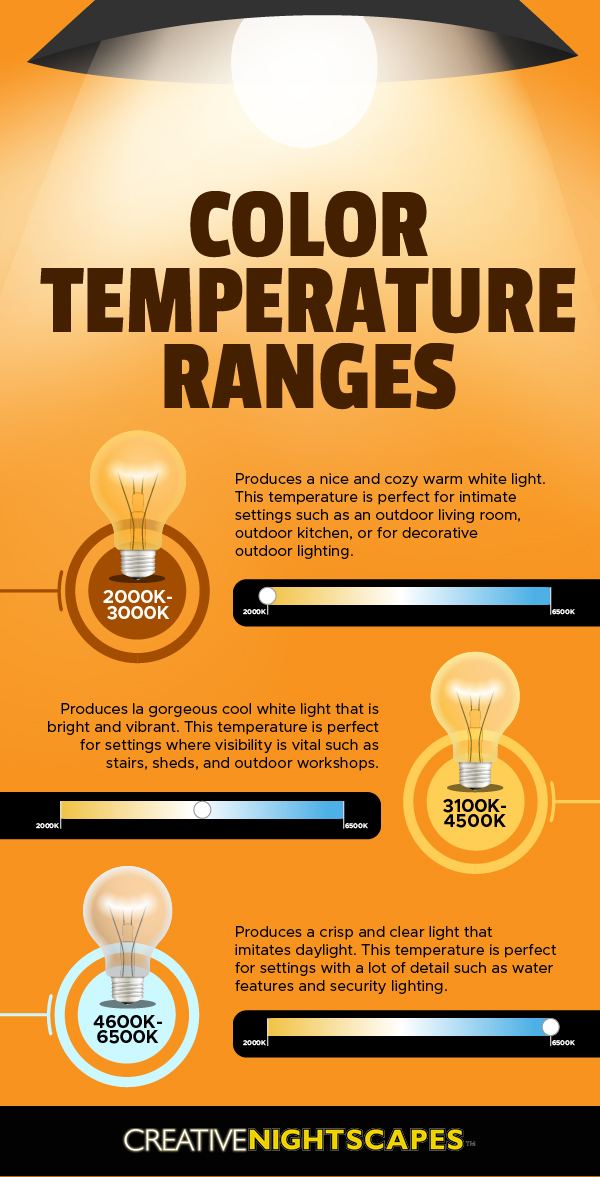

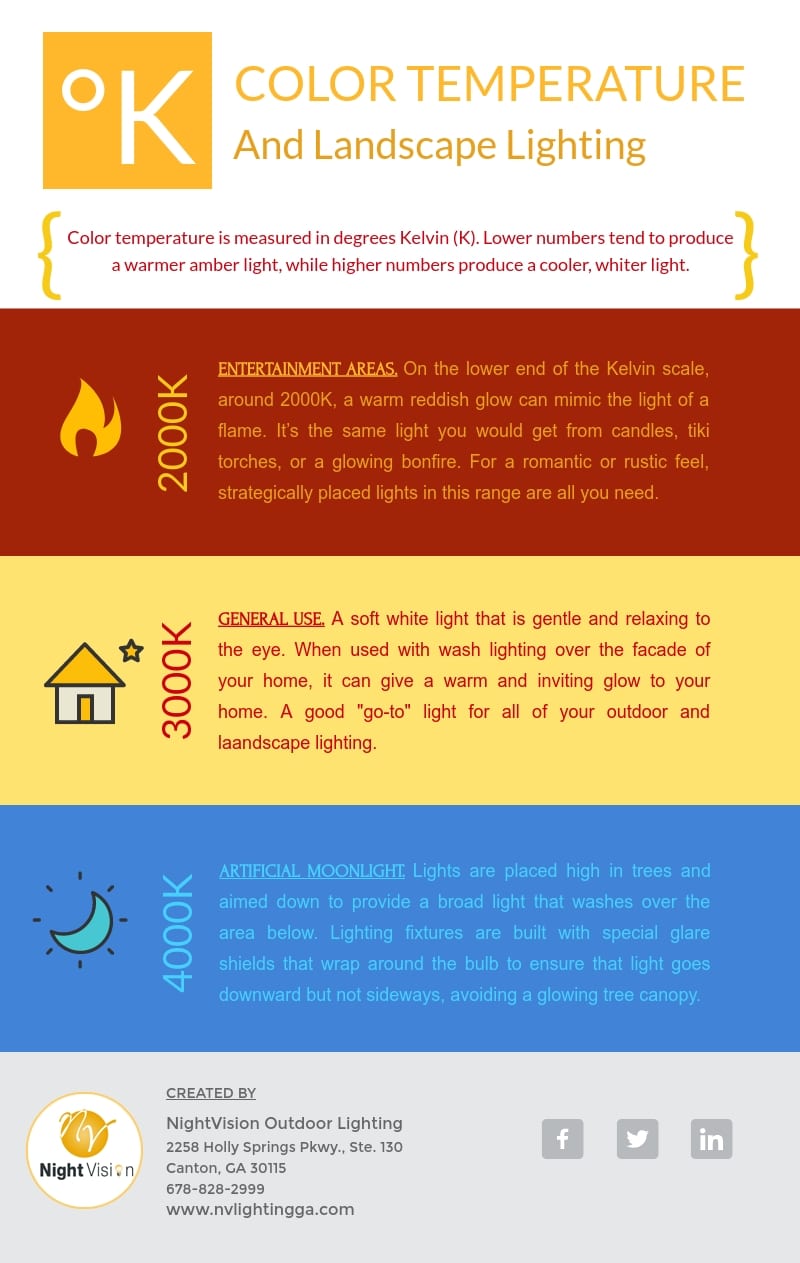
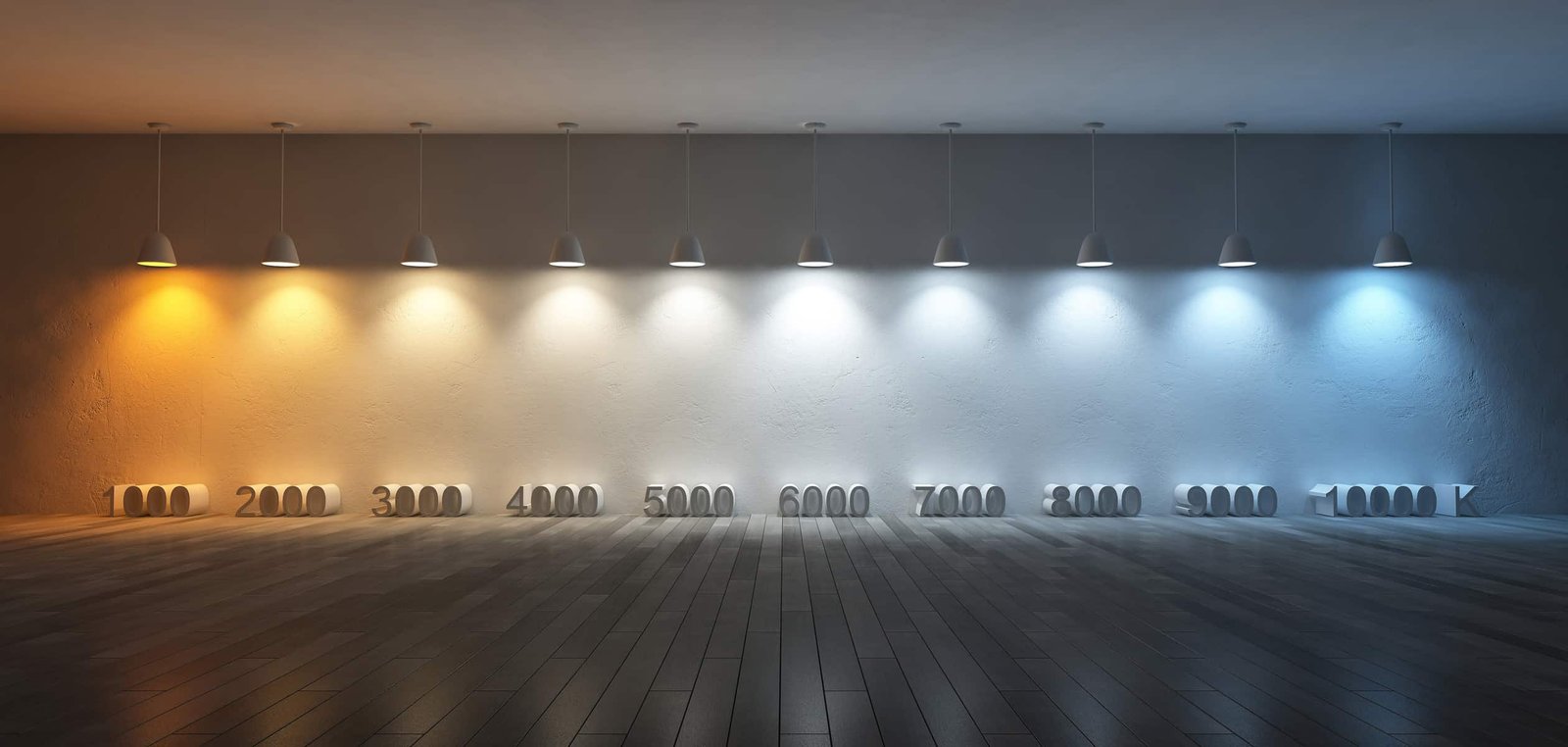


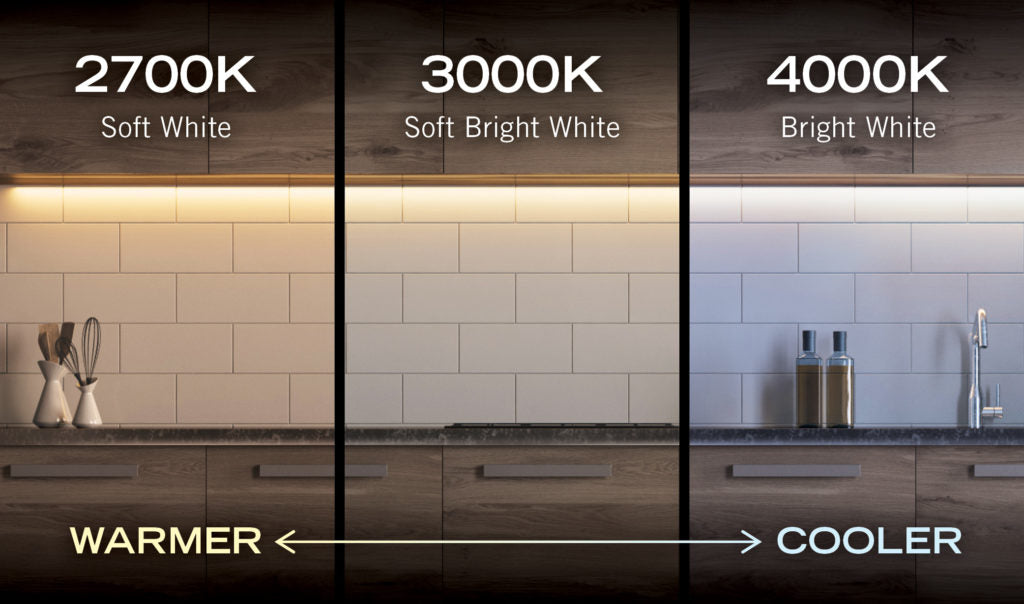

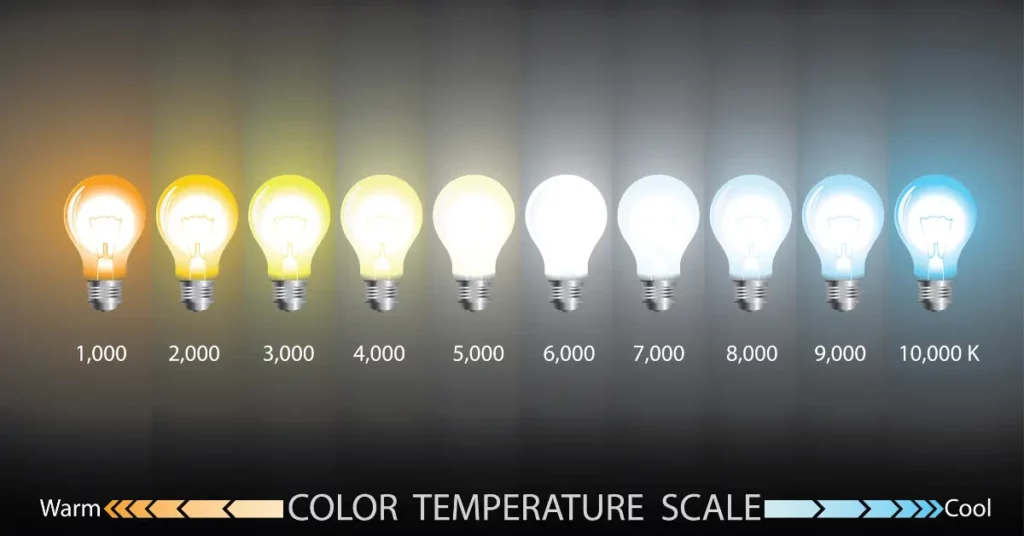

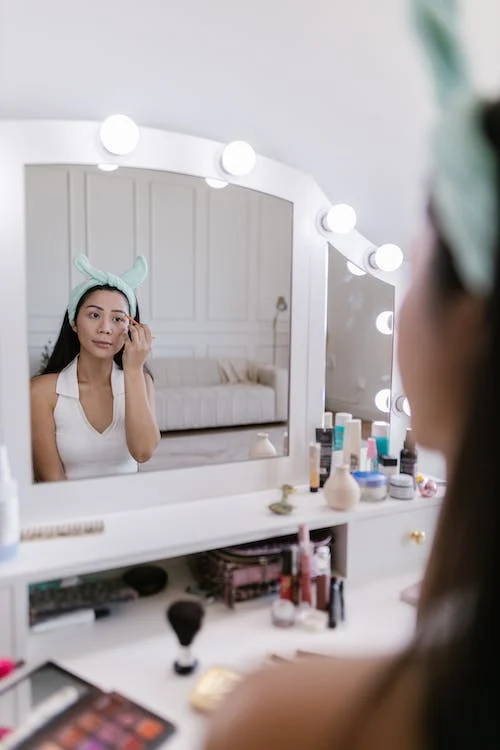
.png)
